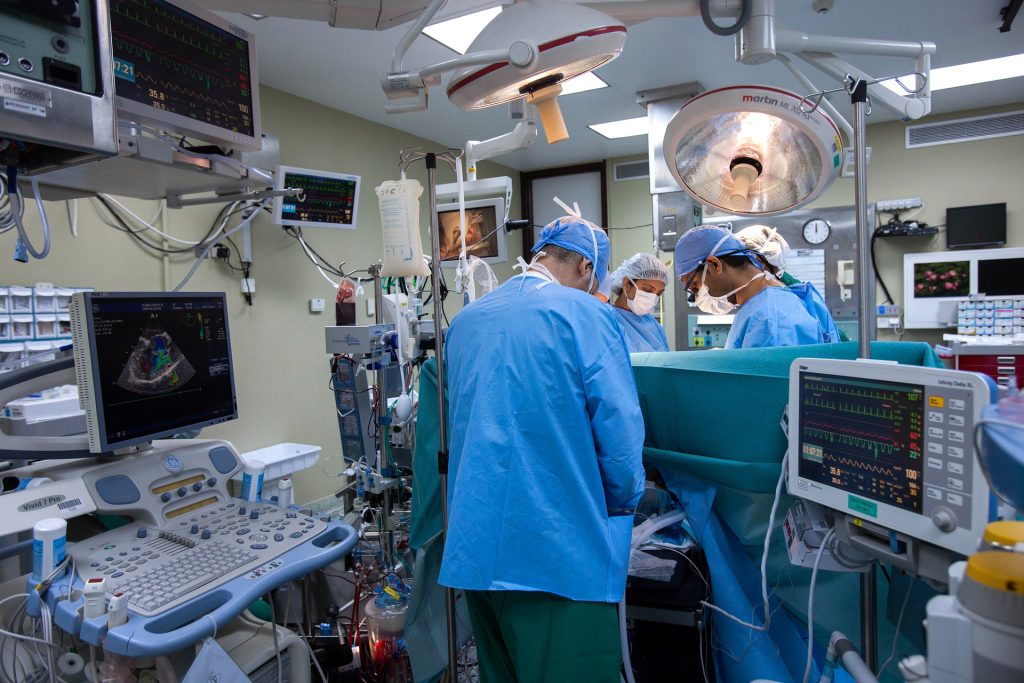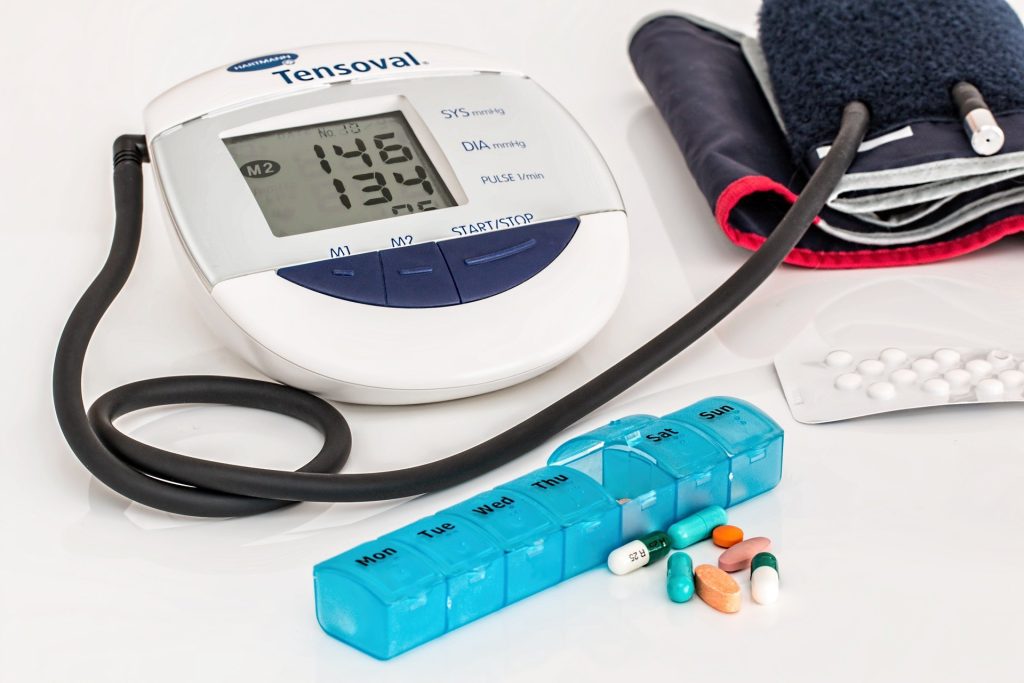NEHAWU Says Strike Action is Growing

Patients were turned away from some hospitals as members of the National Education, Health and Allied Workers Union (NEHAWU) and other unions pressed forward with their wage strike, in spite of a court interdict.
Many government offices were closed for several hours.
NEHAWU has approached the Labour Appeal Court to appeal against a decision to enforce the interdict against the strike granted by the Labour Court to the Department of Public Service and Administration.
In Cape Town, police intervened after a scuffle broke out after a member of the public who was queuing for service at the Department of Home Affairs office in Cape Town called protesters names.
The police warned the protesters not to engage in any violence.
Provincial General Secretary of NEHAWU, Baxolise Mali said, “Today we have escalated matters”. He said hospitals including Khayelitsha Day Hospital and Somerset Hospital had closed, and the offices of Home Affairs and Labour were closed. “SASSA offices will close soon for social grants,” he said.
NEHAWU served the department with a notice to strike on 24 February after wage negotiations deadlocked. The department offered a 4.7% increase while unions demanded between 10% and 12%.
Ronald Ruiters had queued at the Home Affairs office in Cape Town for hours for a temporary ID, without getting help, he said. “Yesterday I was here at 4:30am. I am an old man. What about people who are suffering now including sick people in hospitals? There should be a better way of dealing with these issues.”
“Since morning the police were here but they could not control the protesters, nothing is working here.”
Mali said workers were angry at a statement by acting Public Service Minister Thulas Nxesi who had described the strike as reckless.
“The acting minister called people reckless and said they need to go back to work … go back to work on what basis? Come with an offer: we are willing to negotiate.”
“It is reckless for the government to impose salaries on people. It is reckless for the government to expect the people who have been praised during the time of Covid for having to work hard in very difficult conditions to serve our people to get peanuts.”
“The ‘no work no pay’ principle is not a new thing. Let them deduct the money, we are used to poverty. “
Mali said members of the public did not understand. “They stand in long queues because the government is refusing to employ more people to work for Home Affairs, [Department of] Labour and SASSA. Instead they increase the cabinet. Too many deputy ministers and what work do they have to do?”
“What needs to be done is to create employment so that people get served quickly. That is all we are fighting for. We are not going to compromise.”
In Pretoria, striking workers occupied the Department of Labour Head office, singing and shouting at workers inside to come out. They also closed entrances to the offices of the Department of Higher Education and Training, and disrupted traffic on Francis Baard Street.
A striking cleaner at the Department of Labour, Boitumelo Motaung said she earns R6000 a month and supports a family of four people. She says she spends about R1000 on transport from Ga-Rankuwa to Pretoria for work.
“We are suffocating, and we are earning peanuts. I have three kids that are attending school and their father is unemployed. I am taking care of everything and a few days after payday, I am left without a penny and survive off loan sharks. We need government to recognise our value as people. Sometimes I am forced to do the work of three people where I work because they are not employing enough cleaning staff. That is why I am supporting this NEHAWU strike,” said Motaung.
Motaung said she has been working as a cleaner for seven years.
In a statement, DPSA director general Yoliswa Makhasi said work stoppages and pickets by NEHAWU and its members would be contempt of court.
“We will strike until our demands are met”
NEHAWU deputy secretary-general December Mavuso
Spokesperson for the department Moses Mushi said the minister had called on unions to return to the negotiating table.
NEHAWU deputy secretary-general December Mavuso said the strike had expanded. He said the union’s lawyers and government lawyers were in discussion about an appeal to the Labour Appeal Court. “We don’t know when an outcome will be available . In the meantime, our workers are on the picket lines,” said Mavuso. “We will strike until our demands are met”.
Department of Health spokesperson Foster Mohale said the department was working with provincial health authorities and law enforcement agencies to monitor the situation to ensure rapid response and if necessary urgent intervention.
In Fort Beaufort in the Eastern Cape, community health care workers were ordered to stop their services at clinics and hospitals. Striking NEHAWU members blocked the entrance of the Fort Beaufort Provincial Hospital and turned away patients. Top management was allowed to enter but other staff were locked outside the gates.
NEHAWU also shut down several government offices in the Eastern Cape.
Mphakamisi Shooter, regional NEHAWU treasurer, told GroundUp the union had used its resources to put President Cyril Ramaphosa in power. “But now he is failing to give us what we deserve.”
“We have over 5,000 members in this region. Today we made sure that we shut down all government departments in this region until Ramaphosa gives us a decent wage.”
MEC for Health Nomakhosazana Meth condemned the unprotected strike. “We understand that workers have a right to demonstrate but when they do they cannot infringe on the rights of others. We cannot afford to have a situation where the lives of patients and staff not on strike are in danger as a result of the action of those who have embarked on this action.”
She said there were reports of disruptions and acts of intimidation in some areas.
In Makhanda, clinics were closed as were the offices of the departments of Home Affairs, Labour, and Social Development by a group of about 80 protesters.
Madoda Toni, who was part of the protest, said the government cannot continue to pay workers low salaries while prices of food and other items were rising so fast. “We need permanent jobs, decent wage increases, and contract workers should be absorbed to be full time government employees and paid decent salaries,” said Toni.
In Qonce (King Williams Town) it was also reported that SASSA and Home Affairs offices were closed down by the protesters.
In Durban, patients were prevented from entering Prince Mshiyeni Memorial Hospital by NEHAWU members. The protest started about 6am and ended just before lunchtime when workers dispersed and returned to work. By 1pm, everything was back to normal.
Republished from GroundUp under a Creative Commons Attribution-NoDerivatives 4.0 International License.
Source: GroundUp










